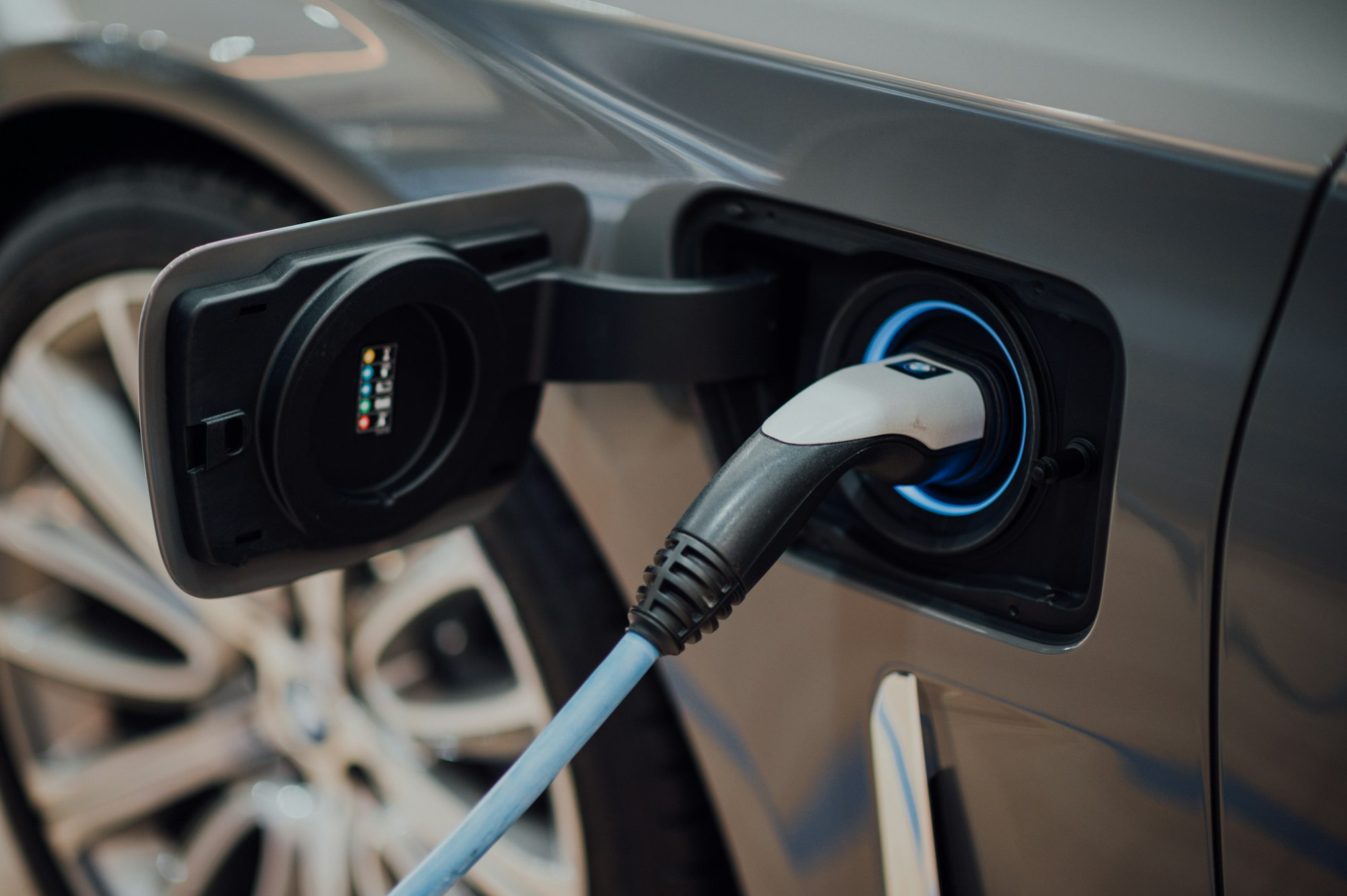
Car Sharing and the Environment: 20 easy ways to be more environmentally friendly at home and work
Let’s be honest. ‘Eco-friendly’ is thrown around like lollies at a kid’s party. It’s hard to know what really helps, especially when it comes to your driving choices.
We’re here to help. Let’s compare the impacts of car ownership and car sharing. We’ll also share tried-and-tested tips for sustainable living. Because, like you, we care about our impact on the earth.
In this article:
- What does eco-friendly mean?
- Car sharing and the environment
- Are electric cars eco-friendly?
- Car ownership and car sharing: a comparison
- How to be more environmentally friendly at home
- How to be more environmentally friendly at work
What does being eco-friendly mean?

Cambridge Dictionary says, “not harmful to the environment.” But this topic deserves a much bigger discussion. Being eco-friendly means making choices that improve your impact on the environment. It's about conserving resources, reducing pollution and making sustainable choices in your daily life.
So what does this mean for your driving choices, like car sharing and the environment? Let's take a closer look.
Car sharing and the environment
Car sharing is a choice that can benefit you and the environment. The International Transport Forum agrees – more than just being convenient and saving you money, car sharing reduces the number of cars on the road, lowering emissions and traffic congestion. Reducing greenhouse gas emissions contributes to a cleaner and healthier environment for everyone.
Here are a few quick facts about car sharing and the environment.
- A car sharing pilot program in New York City lowered greenhouse gas emissions by a whopping 12,000 metric tons per year, with only 285 cars being shared. Imagine the possibilities.
- Lowering greenhouse gas emissions combats climate change and reduces air pollutants, soil pollution, noise pollution and water pollution.
- When more cars are shared, fewer new cars are bought. And when fewer new cars are bought—you guessed it—fewer cars are made at all. Your choice to share a car instead of buying one will conserve the raw materials and energy used in car production.
A 2020 study of car sharing by Volvo in Stockholm estimates a potential reduction of 41,300 tons of carbon dioxide emission in Stockholm alone through reduced car production.
- Fewer cars on the road means we need fewer car parks in our cities. Reclaimed space can be repurposed for green areas, bike lanes and public parks – making our cities more sustainable and livable.
The environmental impact of car sharing is looking pretty good so far, right? What about EVs and hybrids – are electric cars eco-friendly?
Are electric cars eco-friendly?

According to the EPA, electric cars are eco-friendly. They produce zero tailpipe emissions, reducing air pollution and greenhouse gas emissions. They’re also more energy-efficient, lowering overall resource consumption. Electric cars are a sustainable choice.
Owning a Car vs. Car Sharing
Choosing between car ownership and car sharing can be tricky. There’s a lot to consider beyond the environmental impact. From cost to convenience, let's compare the impact of owning and sharing to help you make an informed choice.
Want to know more about using a car share app instead of owning your car? Learn about living car free. Now, let’s take a broader look at how to be more sustainable.
How to be sustainable: making change

Now that you're considering car sharing for its environmental benefits, let's dive deeper into sustainable living. Here’s how to be sustainable – 20 doable things you can start planning today.
How to be more environmentally friendly at home
Here are our top ten tips to be more environmentally friendly at home.
- Reduce energy consumption. Use energy-efficient appliances and switch to LED lighting to lower your electricity bills and reduce your carbon footprint.
- Cut water waste. Fix leaks, install water-saving fixtures and be mindful of water usage to conserve this precious resource.
- Recycle and compost. Separate recyclables and organic waste from your general rubbish so less goes into landfill.
- Minimise single-use plastics. Choose reusable bags, containers and water bottles to reduce plastic waste.
- Conserve transportation. Use public transit, carpool, bike or walk to reduce your reliance on single-occupancy vehicles. Think about travel and sustainability.
- Support sustainable brands. Choose products from companies with environmentally friendly practices and ethical sourcing.
- Plant a garden. Cultivate a garden to improve air quality, provide habitat for your local pollinators and enjoy homegrown produce.
- Reduce, reuse, repurpose. Before throwing things away, consider repairing, repurposing or donating them.
- Switch to green cleaning products. Use non-toxic, eco-friendly cleaning supplies.
- Unplug. Turn off devices and appliances when not in use to save energy (and lower your bills).
Being environmentally friendly at home is powerful. But what happens after you close your front door and head out for the day?
How to be more environmentally friendly at work

Don’t ignore the place where you spend so much of your time – at work. Try these ten ways to be more environmentally friendly at work.
- Commute smart. Carpool, use public transport, ride or walk to work to reduce your carbon footprint.
- Reduce paper usage. Embrace digital documents and use both sides of paper when necessary.
- Be energy efficient. Turn off lights and electronics when not in use, and encourage energy-saving practices among colleagues.
- Telecommute (work from home). If possible, work remotely to reduce the need for daily commutes.
- Eat eco-friendly lunches. Use reusable containers and utensils for meals and snacks, reducing single-use plastic waste.
- Recycle. Advocate for and participate in workplace recycling programs.
- Choose green office supplies. Order environmentally friendly office supplies, such as recycled paper and non-toxic ink.
- Suggest sustainable commuting incentives. Encourage your employer to offer incentives for using eco-friendly commuting options.
- Reduce office waste. Implement a paperless office policy to create less waste.
- Educate and inspire. Have a chat with co-workers about how to create a more sustainable workplace.
If you can make some of these changes to be more environmentally friendly at work and home, you’re well on your way.
Recap: How to be eco-friendly
Hopefully, knowing how to be environmentally friendly feels a bit clearer now. Making more eco-friendly choices at home and work can significantly reduce your environmental footprint. You have the power to make positive changes that benefit both you and the planet.
Learn more about car sharing – or are you ready to rent your car? Great choice.
FAQ: Car sharing and the environment
Let’s answer your most-asked questions about car sharing and the environment.
How does car sharing help the environment?
Car sharing helps the environment by reducing the number of cars on the road, which can lower emissions, improve pollution levels and decrease traffic congestion. It may mean parking spaces can be repurposed into green spaces. Many car-sharing services also offer eco-friendly vehicle options, minimising their environmental impact even more.
What are the benefits of car sharing versus car ownership?
Car sharing offers benefits such as cost savings (especially if you use a car infrequently), reduced environmental impact and the convenience of on-demand access without ownership responsibilities. It can also reduce the need for a personal parking space.
What is the best way to be eco-friendly?
The best way to be eco-friendly is to adopt a combination of sustainable practices in your daily life. These include reducing energy and water consumption, minimising waste, supporting eco-friendly transport options like car sharing, and making environmentally conscious choices both at home and work.
Information included in this article is accurate as of 16/10/2023. The information published on this blog is of a general nature only and does not consider your personal objectives, financial situation or particular needs. The information published on this site/page should not be relied upon as a substitute for personal financial or professional advice.









